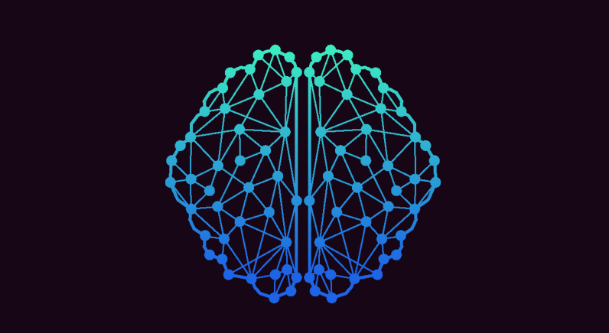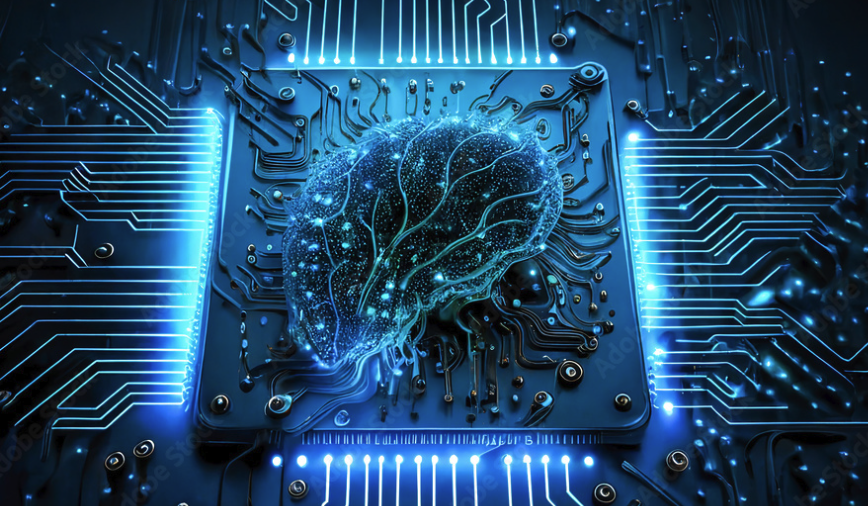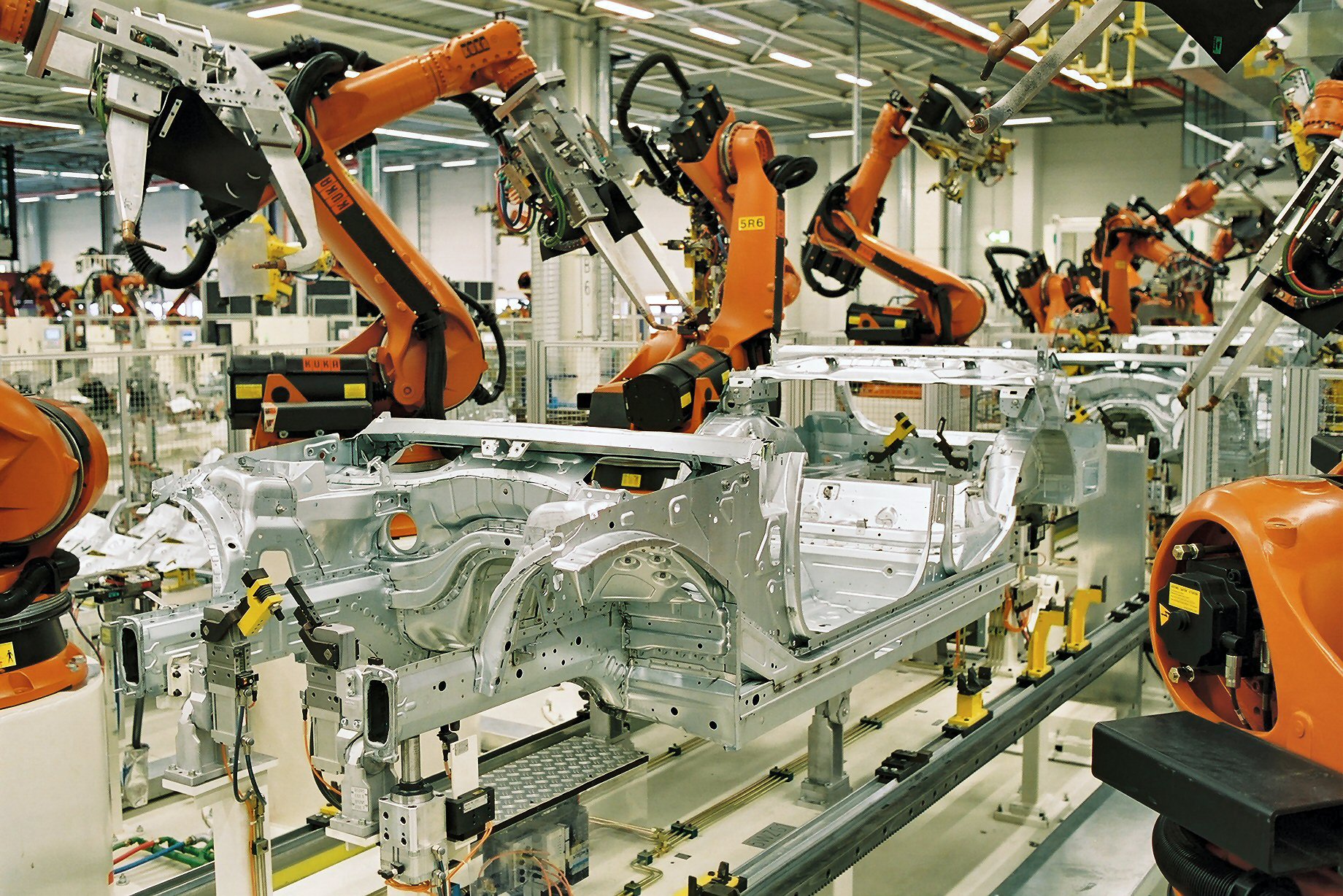Neurosymbolic AI is an advanced form of artificial intelligence that integrates the complementary strengths of neural networks and symbolic reasoning to create more capable, explainable, and reliable AI systems. This hybrid approach aims to address key limitations inherent in purely neural or purely symbolic AI, enabling machines to learn from data while also reasoning with formal, human-understandable rules. In this blog, we will explore what neurosymbolic AI is, the problems it solves, how it works, and highlight ongoing research based on recent credible scientific papers.
What is Neurosymbolic AI?
Neurosymbolic AI combines neural network algorithms loosely inspired by the human brain that excel at recognizing patterns in raw data with symbolic AI, which operates by manipulating abstract symbols and rules to produce logical reasoning. Neural networks are powerful in tasks such as image recognition and natural language processing but often behave like “black boxes,” making it difficult to understand their decision-making process. On the other hand, symbolic AI, which uses explicit, rule-based reasoning (e.g., “if it rains, things get wet”), provides transparency and explainability but lacks the ability to learn from unstructured data efficiently.
This dual nature of human cognition is well captured by Daniel Kahneman’s theory of two systems of thinking: System 1 is fast, intuitive, and pattern-based (similar to neural learning), while System 2 is slower, analytical, and rule-based (akin to symbolic reasoning). Neurosymbolic AI seeks to reproduce this synergy by merging learning and reasoning capabilities into a unified framework that can both interpret data and apply logical rules to make decisions.
There are certain challenges addressed by Neurosymbolic AI:
1. Overcoming Neural Networks’ Limitations
Pure neural network models struggle with certain cognitive tasks:
- They lack common-sense reasoning and often make mistakes that humans would never make.
- They require massive amounts of labeled data to learn effectively.
- Their internal workings are largely uninterpretable, leading to a lack of explainability.
- They generally fail to generalize well outside the examples seen during training.
- They have difficulty with multi-step logical reasoning tasks that require chaining multiple facts.
- Neurosymbolic AI addresses these by embedding formal rules and logic structures alongside the neural components, thereby providing machines with a scaffold to represent abstract knowledge and reason explicitly.
2. Reducing Data Dependency
By integrating symbolic knowledge—predefined rules or learned logical relations—neurosymbolic systems can learn effectively from far less data. For example, knowing the rule “if it rains, everything outside is wet” means the system does not have to memorize every wet object encountered but can apply this rule broadly, enhancing efficient learning.
3. Enhancing Explainability and Accountability
In fields such as healthcare, finance, and autonomous systems, understanding how AI makes decisions is crucial for trust and regulatory compliance. Neurosymbolic AI provides logical explanations for its decisions, allowing audit trails that track the inputs, intermediate reasoning steps, and outputs clearly. This transparency helps detect and correct errors, biases, and unfair practices, supporting ethical AI deployment.
4. Improving Reliability and Handling Uncertainty
Combining neural networks’ ability to process sensory data and symbolic reasoning’s capacity for logical inference enhances robustness, especially in uncertain or novel scenarios. Neurosymbolic AI can better handle ambiguous or contradictory information through symbolic inference methods that incorporate partial truths and probabilistic reasoning.
How Neurosymbolic AI Works
Neurosymbolic AI systems typically have a two-layer or hybrid architecture:
A Neural Layer responsible for learning from raw data, performing perception, and extracting features.
A Symbolic Layer equipped with domain knowledge structured as logical rules, knowledge graphs, or symbolic representations for higher-level reasoning.
A key mechanism is bidirectional communication between these layers. Neural components can transform raw inputs into symbolic representations, while symbolic reasoning can guide neural learning by imposing constraints or informing which aspects of the data are relevant.
One method described is the neurosymbolic cycle, where knowledge is extracted from training data, encoded as rules, combined with neural models, and used to retrain or refine the system. This iterative process enhances learning efficiency, interpretability, and decision reliability.
Recent research papers have advanced neurosymbolic AI both theoretically and practically:
A 2025 study published in the World Journal of Advanced Research and Reviews proposes a novel hybrid framework that effectively merges neural networks for feature extraction with symbolic reasoning for inference. The research demonstrated significant improvements in tasks like visual question answering, natural language understanding, and robotics navigation, showing enhanced explainability, generalization, and robustness against adversarial inputs. The study also emphasizes applications in healthcare and education for personalized and interpretable AI systems while addressing ethical AI challenges such as bias and transparency. (Read More)
Neurosymbolic AI has been recognized as a solution to the hallucination problem in large language models (LLMs). Unlike pure deep learning models, neurosymbolic approaches embed explicit rules to curb fabrication of false information, thereby reducing hallucinations and increasing factual accuracy. This is notable in industrial applications such as Amazon’s Vulcan warehouse robots and Rufus shopping assistant, which employ these hybrid methods for better decision-making.
Researchers have been focusing on formal explanations for neuro-symbolic AI decisions, proposing abductive reasoning frameworks that make AI outputs more explainable and auditable, critical for safety-critical applications like healthcare and autonomous driving. (Read More)
Cutting-edge reviews highlight neurosymbolic AI’s potential to reduce data requirements dramatically by combining domain-specific symbolic knowledge with neural learning, making AI more energy-efficient and data-efficient.
Recent breakthroughs also include pattern-based AI systems engineering approaches that aim to standardize and optimize the development of neurosymbolic AI systems, improving scalability and modular integration.
Conclusion
Neurosymbolic AI represents a promising paradigm that leverages the strengths of neural networks and symbolic reasoning to overcome individual limitations and realize more powerful, interpretable, and trustworthy AI systems. By embedding explicit logical rules alongside data-driven learning, neurosymbolic AI addresses key challenges like common-sense reasoning, explainability, data efficiency, and robustness.
With active research demonstrating significant recent advances and growing adoption in practical applications, neurosymbolic AI is poised to play a critical role in the future development of trustworthy and generalizable artificial intelligence, bridging the gap between human cognition and machine intelligence.
This hybrid approach not only enhances AI’s current capabilities but also aligns with ethical principles and regulatory demands, making it vital for AI’s responsible integration across critical sectors such as healthcare, finance, autonomous systems, and education.
The ongoing trajectory of neurosymbolic AI research promises to unlock new levels of AI intelligence that are both understandable and aligned with human values, signaling a new era in artificial intelligence development.
References
https://arxiv.org/pdf/2305.00813
https://arxiv.org/abs/2505.20313
https://arxiv.org/html/2411.04383v1
https://tdwi.org/articles/2024/04/08/adv-all-can-neuro-symbolic-ai-solve-ai-weaknesses.aspx











